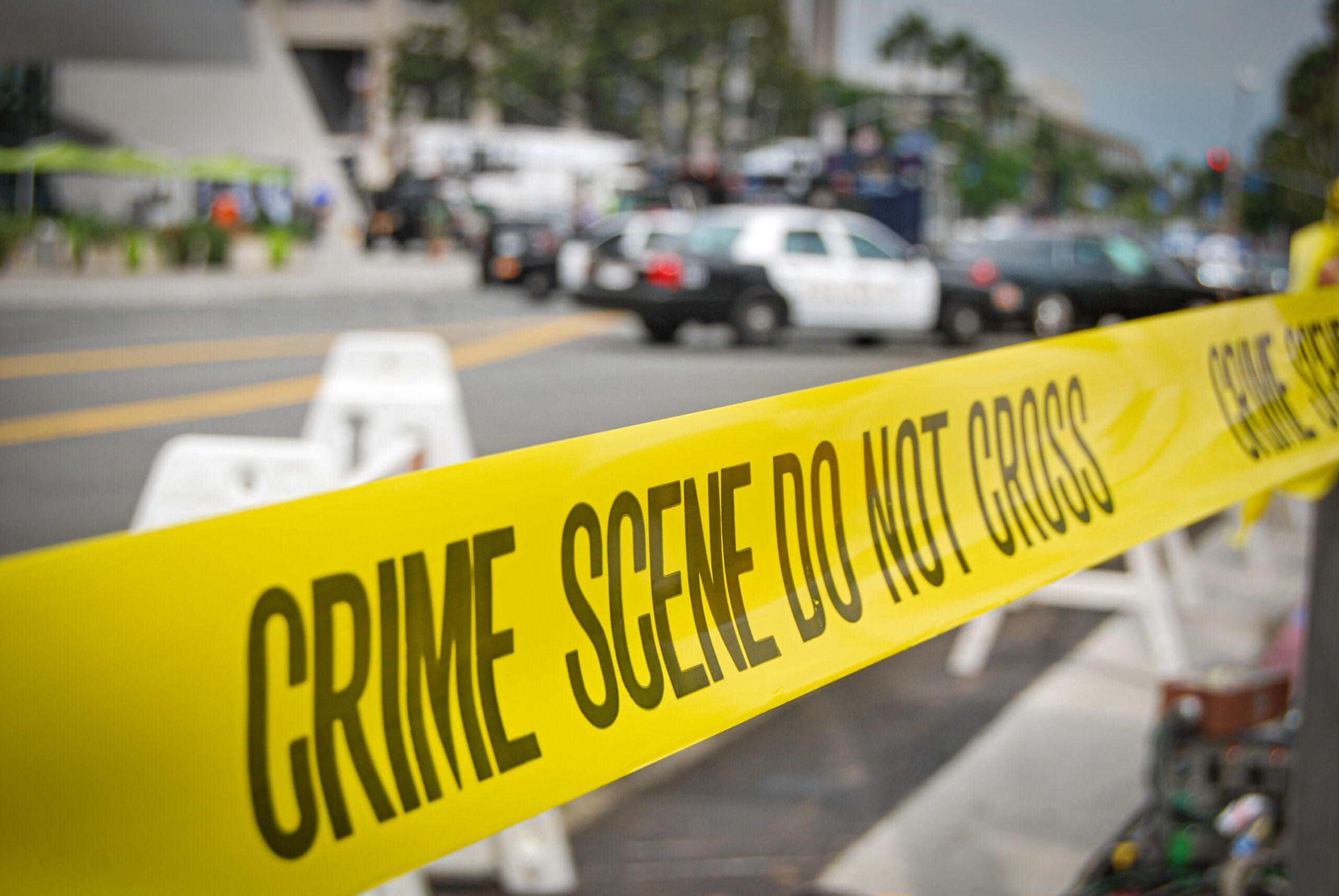In 2015 California passed AB 953, The Racial and Identity Profiling Act (RIPA) in order to “improve diversity and racial identity sensitivity” in law enforcement. It’s target – police racial profiling. The 2025 RIPA report chronicles highly granular statistics from over 4.7 million police encounters that occurred in 2023. Of those individuals encountered, 43 percent were Hispanic, 32 percent were white, and 12 percent were black — leading the authors to conclude that blacks are overrepresented in police stop statistics by 126 percent based on their percent of the state population.
In addition, the RIPA report includes police complaint statistics. Since its inception RIPA has logged 29,472 misconduct reports, 9,186 of which related to bias from law enforcement agencies as well as directly from the public to the Commission on Police Standards and Training (POST). These are cases that have already been internally investigated and, in many cases, further investigated by independent police auditors as well as prosecutors and the attorney general. To date just 65 police officers have been de-certified and while certainly more cases are pending, the current de-certification rate is .002 percent.
No data is collected regarding the race of the officers collecting the data.
Despite four years of statistics that question both the depth and breadth of the problem of racism – at least amongst police officers in California – the May 2020 death of George Floyd at the hands of Minneapolis Police Officer Derek Chauvin sent much of America into a violent frenzy.
On the heels of that incident, California passed AB 2542 known as the Racial Justice Act (RJA) in September of the same year. The law declares the state will not seek criminal convictions or sentences in cases on the basis of race or ethnicity, sets forth how bias – and unconscious bias – on the part of a judge, juror or law enforcement official is determined, details remedies ranging from juror removals to a reduction in charges, and serves as the basis for appeals in these cases.
After a conviction if it is found that it was “sought or obtained in violation of” the RJA, the court “shall vacate the conviction and sentence, find that it is legally invalid, and order new proceedings;” and once established the death penalty can no longer be sought at a subsequent retrial.
This creates a new and retroactive “racial exclusionary rule” similar to the 4th Amendment’s search and seizure exclusionary rule, which requires that evidence seized pursuant to a search without a warrant or under one of the exceptions to the search warrant requirement be excluded from court. But it can do so without a corresponding constitutional basis or nexus to the investigation of the case at hand, yet has the same potential consequences.
It’s one thing to provide a legal constitutional protection – it is another to provide a legal tactical advantage and that is what the RJA does.
A recent blog about the success of the Racial Justice Act by the Stanford Law School Center for Racial Justice, provides an example:
In a recent case in Contra Costa County involving four black defendants, defense attorneys cited a 44 percent disparity in gang enhancement charging in the county and secured the “…dismissal of all gang enhancements against four young Black men. There, Keyshawn McGee, Trent Allen, Eric Windom, and Terryonn Pugh were charged with murder and attempted murder following an alleged gang-related shooting that killed one person and wounded another.“
Yet, Arnold Marcel Hawkins who was killed and Trent Allen who was shot and injured (and who are not mentioned by the Stanford authors) are black, and the four defendants were alleged members of an Oakland street gang that had travelled to Antioch to kill the victims.
All four have since plead guilty to a variety of crimes, no longer including the gang enhancement, with sentences ranging from eleven to nineteen years in prison.
If there is a gang charging disparity in Contra Costa County it is due to the actions of gang members from outside the county who are arrested for committing crimes there. IN many cases they are repeat offenders. That’s not racism. It’s a reaction to the actions of gangsters and obligates law enforcement to take action to protect lives.
The 4th, 5th, 6th, and 8th Amendments are powerful restrictions on the allowable actions of government, and defense attorneys make good use of any and all grounds for excluding evidence and witness testimony including impeaching their truthfulness.
Direct personal animus based on racist sentiments or beliefs may indeed be a legitimate basis for a recusal of a judge, for a judicial admonishment to jurors to consider witness bias, or even dismissal of a juror. That is why there are alternate jurors and that is why evidence is corroborated by other sources whenever possible. Prosecutors are duty bound under the Brady Rule to hand over all evidence, whether it’s incriminating or exculpatory, for the defense to review. The penalty for a Brady violation includes the exclusion of evidence and dismissal of the case.
Unfortunately, the same rules don’t exist for offenders. Criminal street gangs are racist by definition and they inflict terrible violence on each other and on victims not associated with them. Murder, extortion, thefts, protection rackets, weapon violations, drug manufacturing and dealing, sexual assaults, prostitution, and human trafficking are but a few of their crimes.
Yet, under the RJA, if enough of them commit crimes, which will create a charging and sentencing disparity and is grounds for dismissal or appeal.
It is, in effect, a license to kill.
Steve Smith is a senior fellow in urban studies at the Pacific Research Institute, focusing on California’s growing crime problem.

